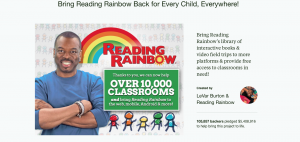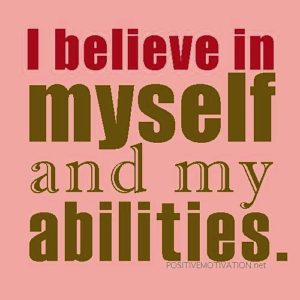Kickstarter, Indiegogo, and Patreon fully explained (The Indie Report #4)

The big trio of Indie has taken the web by storm. Sometimes it feels like you cannot do a general search on social media or the blogs without running across one of them. It is the ultimate way to launch your creative child past the idea stage and into reality. Not everyone knows how to use them so here is a basic guide to Kickstarter, Indiegogo, and Pareon for both viewers and creators.
Since arriving on the web in 2009, Kickstarter has made many Indie dreams come true. Their statistics say that 1.5 billion has been raised for the projects on their site. Rules are rather blunt: Indie/business projects only – no personal crowd funding (“help so and so pay off student loans, car, house, etc”) or crowd funding for charities. It’s the “business pitch only” zone for Indie projects.
As I mentioned last time, Kickstarter is a platform where you’re going through the age-old motion of all startup businesses of putting the idea (your pitch) to paper and bringing it to the bank for a business loan where someone dressed in a fancy suit decides the fate of your mind child. You’re working a budget to accurately list what you need and what can be done at each level, making a list of materials, and (if you have rewards) you’re adding shipping cost to the rewards.
What creators get through Kickstarter is not a loan to pay back; it’s a donation to an idea and the building of a fan base. There are rewards and that can be the best thing when you’ve found an item that you really want. The credibility of having Amazon as the one to have your credit card gives a secure feeling that you’re not handing credit/debit card info to a stranger.
To give an example of what Kickstarter can do (and in a very short period of time), here’s a throwback to last summer to a project that made it to the news.
Indiegogo is like the one stop shop for everything. Campaigns range from science and innovation to the arts and even to humanitarian issues. (You might have heard about individuals going on Indiegogo and making a campaign to bailout Greece and help the Greek people over the past few days.)
You also set a budget, make the video, write and rewrite your pitch, and setup the rewards. Like Kickstarter, you do updates. Some projects I’ve personally supported on Indiegogo have given biweekly/monthly updates a full year after the campaign ended. For more info on making a campaign go to the official explanation on Indiegogo.
And of course once you decide to back/contribute the #1 thing to do afterward is shout it out on social media.
So once upon a time, artists had patrons. Most were royalty and people of importance on the European scene. As patron, they supported the artist and in response would get the fantastic art pieces that define the Renaissance. Today, Patreon is bringing back the age-old idea of how people in the arts made their coin to buy their bread.
As I mentioned last time, Patreon is like the tip jar at a café. Only difference is, what you add to the tip jar equals the amount of perks you get back. To give an example: some creators will give away their comic’s PDF away to only their Patreons who are at a specific dollar amount an higher, have live streams while they work for another amount and higher, or give freebies in the mail for everyone. Like with the other two in the big trio of Indie, the creator gives finance goals and list what each goal means.
While Kickstarter and Indiegogo support one big project, Patreon is the continual support of a project. Here’s a short video to watch to understand what Patreon is all about:
https://youtu.be/wH-IDF809fQ
I’m going to say upfront that I am biased about Patreon. I jumped on it as a supporter when the creator of a favorite webcomic made an account and I’ve been setting up my own Patreon to support a video game project and even freelance teaching. It is the best platform I’ve seen for content creators and fan alike. When you’re in the arts the new trend is to mingle as much with your fan base as possible. It’s the feeling of one huge, overly excited and squealing, family.
That’s the big trio of the Indie world. Go out there and find your niche or carve out your niche.
Next up on the Indie Report: KDP, what is it and why should I care?








